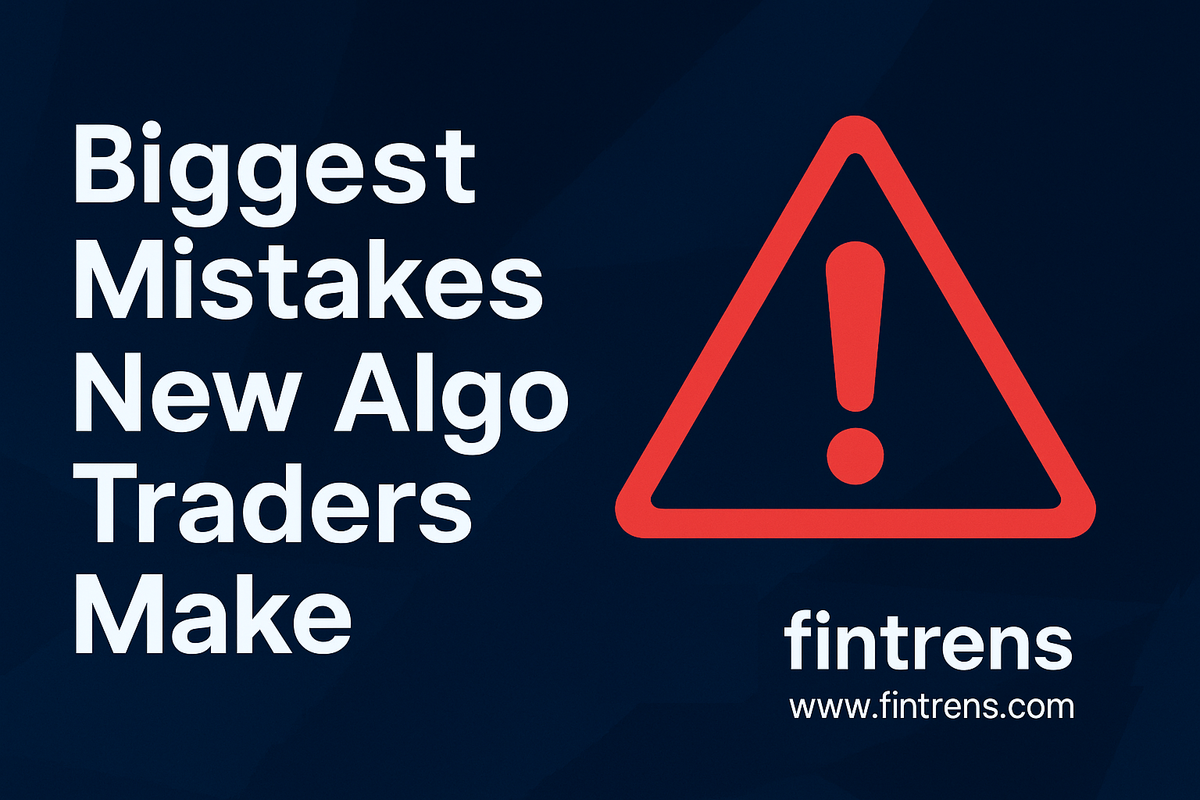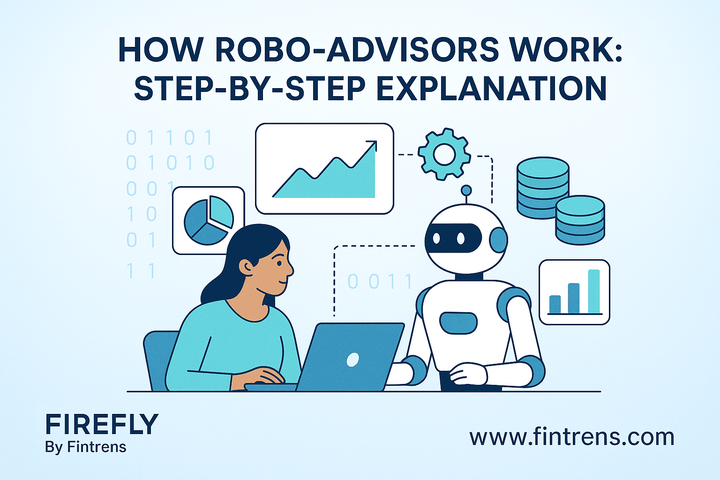Biggest Mistakes New Algo Traders Make (And What You’re Probably Missing)

Algorithmic trading is booming in India, with retail and institutional traders leveraging automated trading bots, no-code platforms, and advanced strategies to compete in the stock market. But while the promise of automated wealth creation is exciting, the reality is that most new algo traders face significant losses — not due to bad luck, but due to avoidable mistakes.
This blog uncovers 10 commonly known mistakes, plus 5 additional pitfalls many beginners overlook. If you're exploring algo trading in India or planning to deploy your first strategy, read this before you risk your capital.
10 Common Mistakes New Algo Traders Make
1. Poor Backtesting & Overfitting
Many beginners test their strategies on limited or noisy historical data and excessively tweak them to look perfect in the past — a classic case of curve fitting. This results in strategies that perform well in backtests but fail in live markets.
Tip: Use out-of-sample data, walk-forward testing, and cross-validation.
2. Ignoring Transaction Costs and Slippage
Traders often overlook brokerage fees, taxes, and the difference between expected vs actual execution prices. These costs can erode profits fast.
Tip: Always factor in slippage, brokerage fees, and taxes during backtesting.
3. Over-Optimization & Complexity
Overloading strategies with indicators or parameters makes them fragile and hard to adapt to new market conditions.
Tip: Keep it simple and robust. Only add complexity when it improves real-world performance.
4. Inadequate Risk Management
Neglecting stop-losses or risking too much per trade can lead to catastrophic losses.
Tip: Use defined position sizing, stop-losses, and maximum drawdown rules.
5. Lack of Monitoring & Oversight
Assuming a bot can run 24/7 without supervision is dangerous. Bugs, API failures, or market changes can derail performance.
Tip: Monitor regularly, implement alerts, and have fail-safes in place.
6. Ignoring Market Conditions
A single strategy won’t work across all markets and regimes. Applying it without context is risky.
Tip: Adapt strategies for trending, sideways, or volatile environments.
7. Incomplete Technical Knowledge
Jumping in without understanding platforms, APIs, or data formats can lead to poor execution.
Tip: Build foundational skills in data handling, backtesting, and live execution platforms.
8. Ignoring Real-World Execution Constraints
Latency, partial fills, and order rejections often go unnoticed until real money is involved.
Tip: Simulate live conditions with paper trading first.
9. Blind Trust in Third-Party Bots
Buying or subscribing to bots without knowing the logic behind them is risky.
Tip: Understand, test, and customise third-party strategies before deploying.
10. Overconfidence After Early Profits
Early wins can lead to risky behavior and poor discipline, ending in major losses.
Tip: Scale slowly and treat all trading gains with humility.
5 Additional Mistakes Most New Algo Traders Miss
11. No-Plan Entry Into Algo Trading
Many traders jump in without a roadmap or clear objective. Algo trading requires more than coding — it needs planning.
Tip: Document your capital goals, risk appetite, and expected returns.
12. Skipping Paper Trading
Launching live without paper trading is a huge red flag. Simulated environments help debug and refine.
Tip: Use paper trading to evaluate live market behavior.
13. Misjudging Leverage and Position Sizing
Overusing leverage without risk models leads to quick blow-ups.
Tip: Size positions based on volatility and exposure limits.
14. Not Auditing Data Sources
Poor data quality ruins even the best strategies. Free data often includes gaps or errors.
Tip: Use verified historical data from reliable sources.
15. Ignoring Market Microstructure
A lack of knowledge about tick size, order book depth, or auction rules hurts performance.
Tip: Learn how markets function beyond just charts.
Protecting Yourself From Emotional Bias (Yes, Even in Algo Trading)
Bots don’t feel fear or greed, but humans do — and they often interfere with bots after losses. This emotional override breaks discipline.
Tip: Build circuit breakers, daily loss caps, and alerts to maintain logic.
Final Thoughts: Build Smart, Trade Smarter
Success in algo trading depends on:
- Strong technical foundations
- Solid market understanding
- Strict risk control
- Thoughtful strategy design
Avoiding these mistakes puts you ahead of 90% of new traders. Focus on learning, adapting, and staying disciplined.
If you're looking for a smart, AI-powered algo trading platform in India, explore Firefly — a real-time, automation-driven bot built for Indian markets.
Explore Further:
- Website: www.fintrens.com
- Documentation: docs.firefly.fintrens.com
- Join the Movement: www.fintrens.com/join




